Dieser Artikel ist auch auf Deutsch verfügbar. Click here to find out more about South Korea!
The country
The only land border goes to North Korea. North and South have been divided since World War II and have been at war since the Korea War, but signed an armistice agreement in 1953. The North is a communist regime ruled by Kim Jong-Un, the South is a democratic, capitalistic industrial nation. A heavily fortified Demilitarized Zone (DMZ) marks the de facto border between both countries. In the South 51 Million people live on just 100.000 square kilometers (about a quarter of the size of Germany or Japan). 25 million people live in Seoul alone, but the rest of the country is still so crowded that one often has to search for a quiet spot.
The country is mountainous, but many mountains are just about 400 meters high and therefore popular hiking locations. The cities are mostly concreted over, dirty and ugly. Apartment blocks up to 50 stories in height can sometimes still be found far from the actual city centers. Public transport is underdeveloped in many areas, many people drive long distances with their own cars.
Probably not many know that Seoul is one of the cities with the worst air quality in the world. In March 2017 it had the second-worst air quality in the world for a short time, beaten only by New Delhi and way ahead of Beijing and Shanghai on that day. The South Korean government blamed this on pollution coming from China for a very long time, but by now it is known that 70% of the problem is home-grown. The South Koreans like to drive big cars and use a lot of power generated by coal power plants.
The language
Reading and writing Korean is comparably easy, but speaking it is hard. There are 48 individual letters which are grouped into larger syllables, and once you know the most important individual letters and some simple rules, you can decipher your first words. After two weeks in South Korea I was able to read the names of most transport stops, shops and restaurants, which was especially useful when using public transport. Foreign words are integrated into the language with quite some creativity and mostly based on their phonetic spelling. If you are e.g. looking to buy a new tire for your car, the sign will say 타이어 (taie).
Most people in South Korea, especially in the countryside, don’t speak any or just very basic English. As a tourist you will hardly be able to learn basic Korean and how to correctly pronounce it, and people won’t understand your tries at pronouncing Korean words, so be prepared and bring all addresses etc. written on paper and in Korean.
Due to the 65-year separation, the language has evolved quite differently in the North and the South. There are slight differences in how individual letters are pronounced and written, inflection and sorting orders work differently, spaces are inserted at different places, et cetera. There are different words for common terms like geese or hammer. When foreign terms were integrated into the language, the North often used the Russian word and the South often the English word. North Korean defectors get language training so their cover is not immediately blown in the South.
The people
South Koreans are almost always nice and happy to help, as far as that’s possible with all the language barriers. Everyday life can be quite rough, though. There is a lot of shoving, pushing, coughing, sneezing and spitting. You almost always have to fight for your right at a non-regulated pedestrian crossing, traffic signals and signs are often ignored. Especially elderly people will clear their path mercilessly, an old woman even hit me with her cane when I didn’t move out of her way quick enough in Busan. I would usually treat that as an exception, but in South Korea I wasn’t even really surprised anymore.
The society is full of extremes. Many people are wealthy compared to many other Asian countries, but they have to work hard for it. The average South Korean works more than 2.000 hours a year, about 600 hours more than the average German. The Six-Day-Workweek wasn’t abolished before 2002. Consumption is very important, it is no coincidence that the largest department store in the world is located in Busan. Shops are often opened until 9 PM or even later, even on Sundays and Holidays, and due to the warm nightly temperatures (still 23° Celsius in early October) the streets are always packed. I often wondered if people in Seoul actually went to sleep at all.
Up to 20 percent of the population still count as poor, though, especially old people. Many old men and women in the streets worked the simplest jobs (e.g. collecting garbage) or sat behind a very tiny stall, selling a small number of simple items. Some of the men behind their carts were so old and bent, the only expression that came into my mind was “working until you just fall into your grave”.
Pressure to perform is extremely high. To land a good job at one of the big corporations (Samsung, LG, Hyundai etc.) or the government, you have to get accepted into an Ivy League University. The entrance exams are very hard. If you’re not good enough, you go to a “learning camp” in which students study for up to 18 hours a day over several months – not always a voluntary decision. These camps are expensive, but parents will most often do anything to make sure their children get a shot at a good life. One of our landlords told me that he hasn’t been on a vacation for about five years, to pay for all the training and the learning camp his son was at right now. His second son would most likely go through the same in the coming years, so that would be another couple of years without a vacation.
Apart from this there is an extreme ideal of beauty. Many skin care products contain skin whitener, women protect their skin against the sun with umbrellas. Cosmetic surgery is completely normal for a certain part of society, clinics announce their services on the subway. The first item on the wish list is usually eye surgery to make the eyes wider to look like a Westerner, the second is forming cheeks and chin into a “V”-shape to make the face appear smaller.
There aren’t many free spaces for young people, and a whole industry is cashing in on that. If your parents won’t leave you alone at home and you don’t have anywhere else to go to, you rent a small private 방 (Bang, translated Room) furnished with everything you need. There are Karaoke Bangs, Bangs for a movie night, Bangs for computer games, and so on. Small snacks are often included in the hourly fee. There even is a whole industry of Love Bangs or Love Motels so you can have some private time with your girlfriend or boyfriend without your parents knowing about it… It’s fun to have your own Karaoke room for an evening so no-one else has to listen to your horrible singing voice, but the whole concept of having to pay for a bit of freedom just felt wrong.
Transportation
It’s easy to move around Seoul on its modern Metro, but that’s because half of the population lives there. The rest of the country is off much worse. There is a bullet train, the KTX, but it only serves the Incheon-Seoul-Jije-Osong, Suseo-Jije, Osong-Mokpo and Osong-Busan sections. There are a number of smaller train lines which often have very, very few connections per day. The KTX train stations are not always located in the city centers. Rental cars are only an option outside of the larger cities, you wouldn’t find a parking space in Seoul.
Intercity buses are a very popular and comfortable alternative. The Intercity bus stations are pretty much always located out of town and the busses often end up in traffic jams, depending on the time of day. There are many different bus companies, most of them only have websites in Korean and paying online often doesn’t work with a foreign credit card (see section Money).
The best option is to go to the bus station and try your luck with cash or your foreign credit card at a vending machine. If that doesn’t work, try to make the lady at the counter understand the destination, departure date/time and the number of tickets, and then pay cash. The following trick worked quite well for me: Go to the vending machine, switch to English, enter all the details, and take a picture of the final confirmation screen with your smartphone.
Then show this picture to the lady at the counter. She won’t understand all the english words, but she can extract all the necessary data and most likely already knows which value in which field of the form means what. The signs usually show all destination names in English as well, so you can easily find your bus, and the driver will check your tickets to make sure you don’t end up in the wrong place. Don’t forget to factor in the taxi between the bus station and your hotel.
If you don’t happen to use the very fast KTX from Busan to Incheon Airport, travel within South Korea can be slow and you have to bring time. But at least the tickets are cheap.
Money
Spending money hasn’t often been as much of a challenge as in South Korea. The banks hand out their own, national (Domestic) credit cards, and not every ATM can handle Foreign cards. If the ATM doesn’t even offer a Foreign option and just offers Domestic, you’re out of luck from the beginning. But even if it offers a Foreign option, the transaction doesn’t have to go through.
I didn’t have any problems in Seoul, but in Gyeongju both of my VISA cards were declined by ATMs from four different banks until the fifth bank finally accepted them. I had similar problems in Busan too. The ATMs at airports or those operated by Woori Bank always worked.
Online payment is a game of luck. Domestic credit cards use a password instead of the usual Card Verification Number (CVV), and many websites (e.g. those of intercity bus operators) only seem to handle domestic cards. I was able to buy train tickets online from Korail without any verification, though. There are many other domestic payment systems besides credit cards, by the way. You can e.g. pay online with the T-Money rechargeable public transport cards.
The best idea is to get enough money right after immigration, if the ATM and the bank operating it allow you to. Many ATMs have a limit of 100.000 Won (about 75 €) per transaction. There aren’t many money exchanges, so foreign cash won’t help you much.
The food
The Korean Kitchen is a mixture of many other Asian kitchens and emphasizes soups and barbecue. Kimchi, salted and fermented vegetables, are served with every dish.
There has been a lot of hype about the food scene in Seoul for many years, especially the Street Food, but I was not impressed. I have eaten at many Street Food stalls and restaurants of all price ranges over the two weeks I was there, but the food was not really good and not worth the money most of the time. It is heave on fat, rice is mostly a blank side dish or only appears in Gimbap, the Korean Sushi variant. Beef and pork dominate, poultry is rather hard to come by. Dropping a load of cheese over the dish, garnishing it with Ketchup, or basing it on Spam (yes, the actual canned meat) is quite common.
Most Street Food stalls in Seoul sold the exact same five or six dishes. At larger events huge amounts of instant noodle boxes (Ramen) are sold, and they are also a common sight at rest stops, stations and the 24/7 convenience stores, where free hot water is already waiting for the customers. Delicious. The food got a bit better while I was traveling to the south, there was a very good and reasonably priced Gimbap restaurant in Gyeongju, and the Street Food in Busan seemed to come in more varieties.
Going to a restaurant by yourself is still a taboo, by the way. That’s why many restaurants quote the price for two people near a dish.
Telecommunication
South Korea supposedly has the fastest Internet speeds in the world, but there’s a big “but”: those speeds are most of the time only achieved within South Korea and maybe to neighboring countries. Connecting to servers back home in the US or in Europe was painfully slow, and not just because of the high latency. This also affected some popular apps like the Telegram Instant Messenger or FitBit, which were painfully slow for me regardless how fast the wireless network I was connected to appeared to be.
You can now finally buy a local SIM card as a tourist and immediately use it with your own phone (this was not possible until 2015), but be prepared to pay 20 € per Gigabyte and more, plus additional charges. This is why many agencies and guest houses rent out so-called “WiFi eggs” (a personal, portable WiFi hot spot with a 4G mobile data up-link) to visitors. The going rate for WiFi egg rentals seemed to be about 3 € per day, but the data volume was often severely limited.
If you don’t need to be online 24/7, there are usually more than enough public WiFi hot spots around.
This post was written by Simon for One Man, One Map. The original can be found here. All rights reserved.

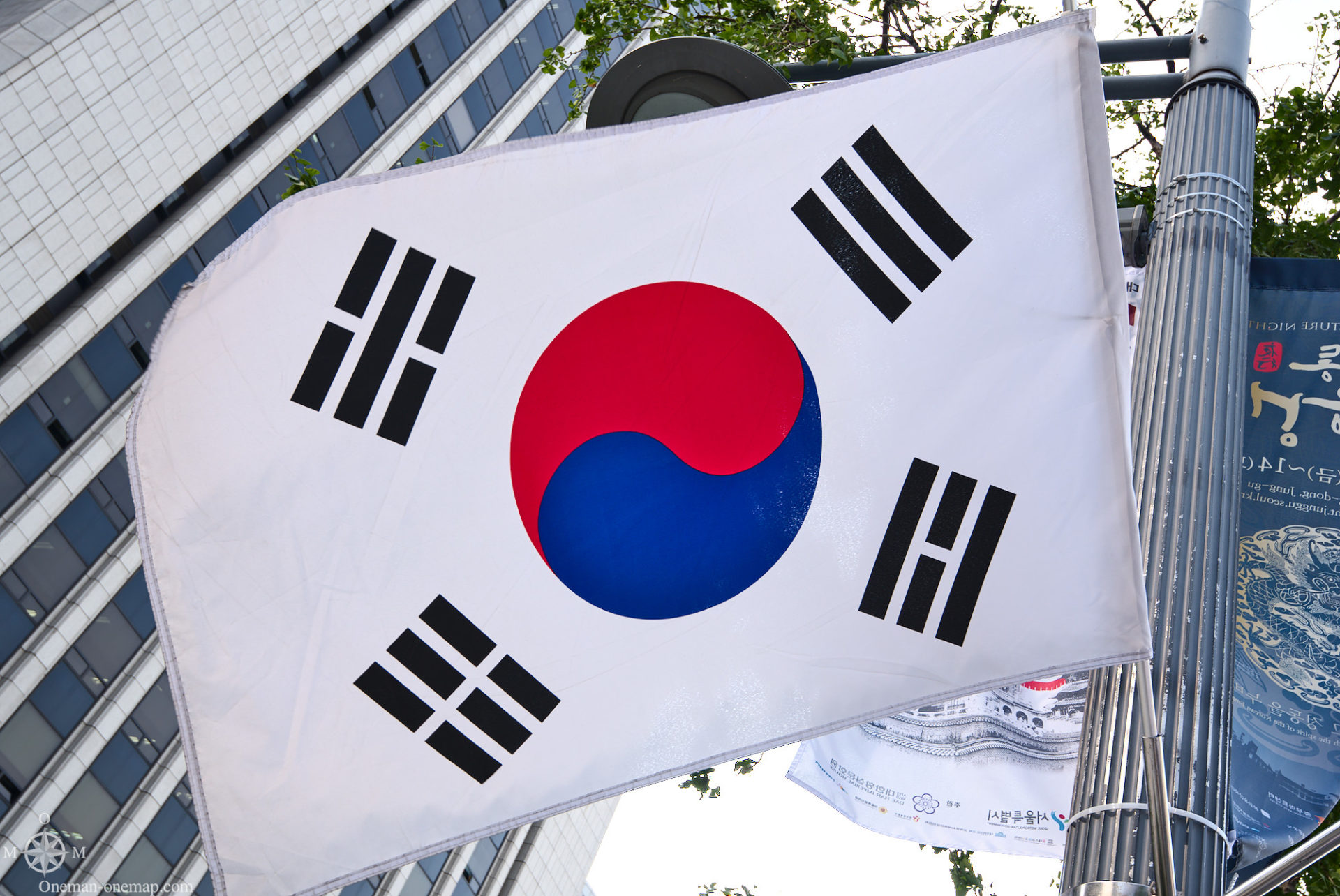
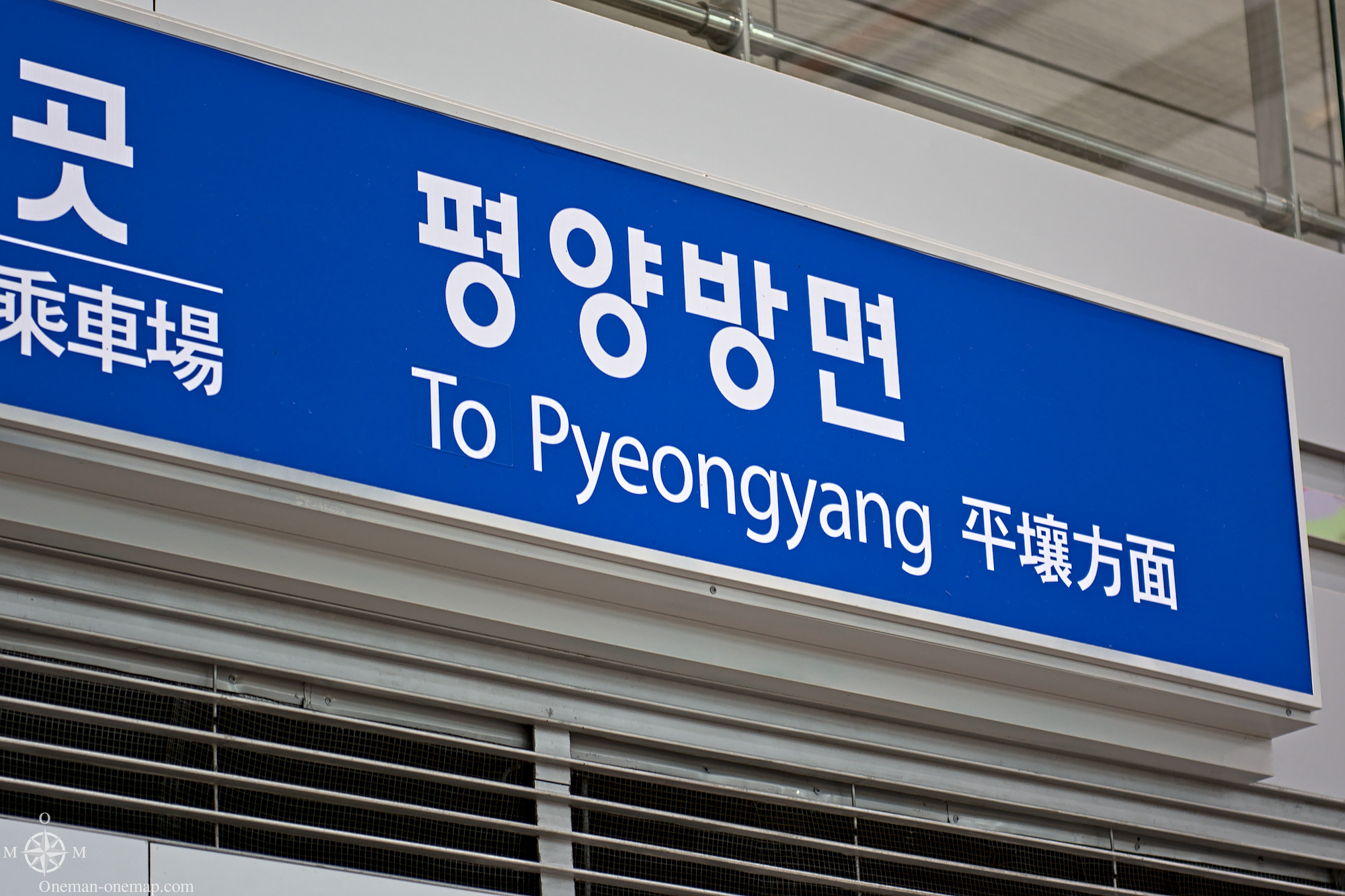
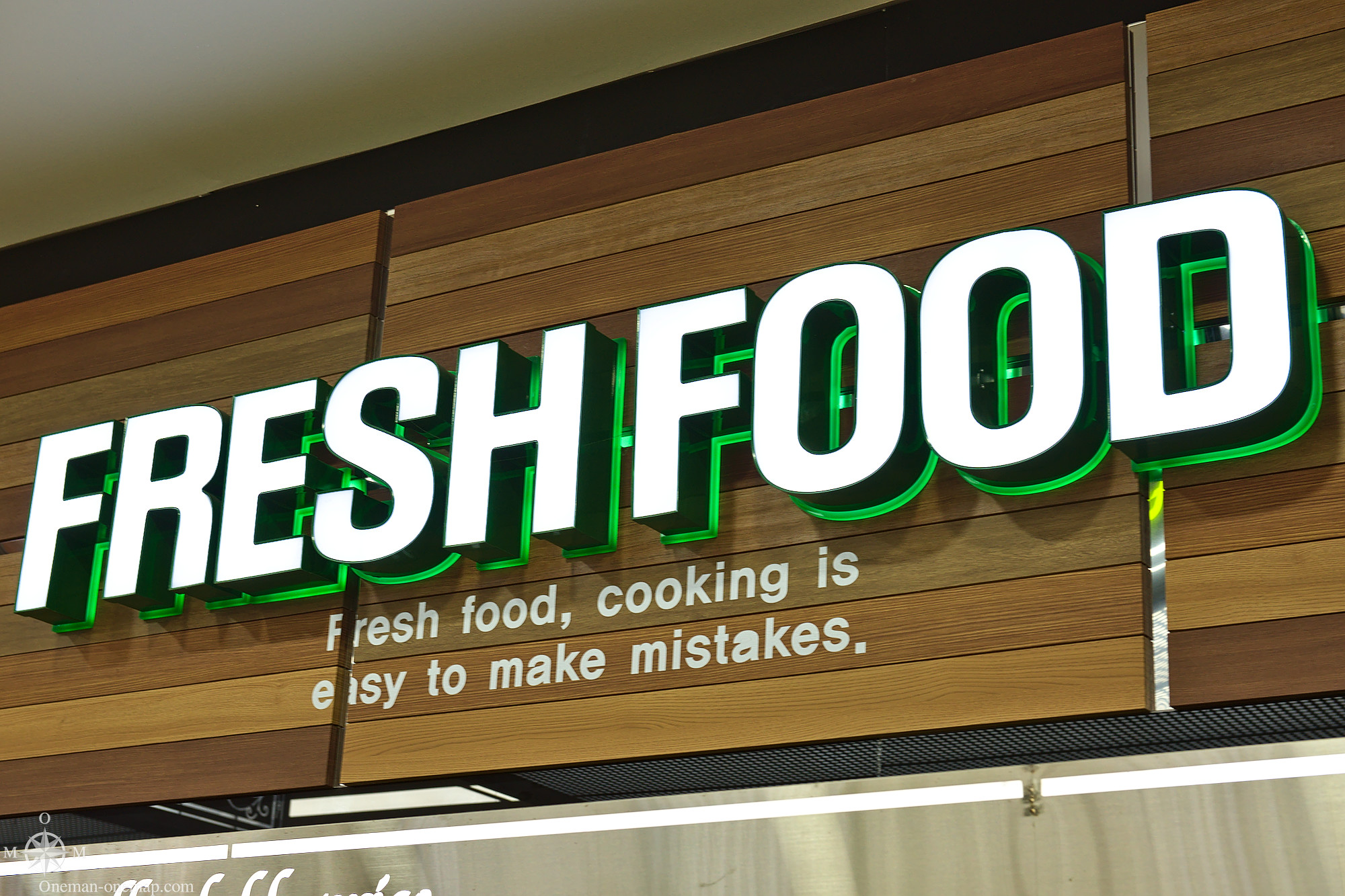
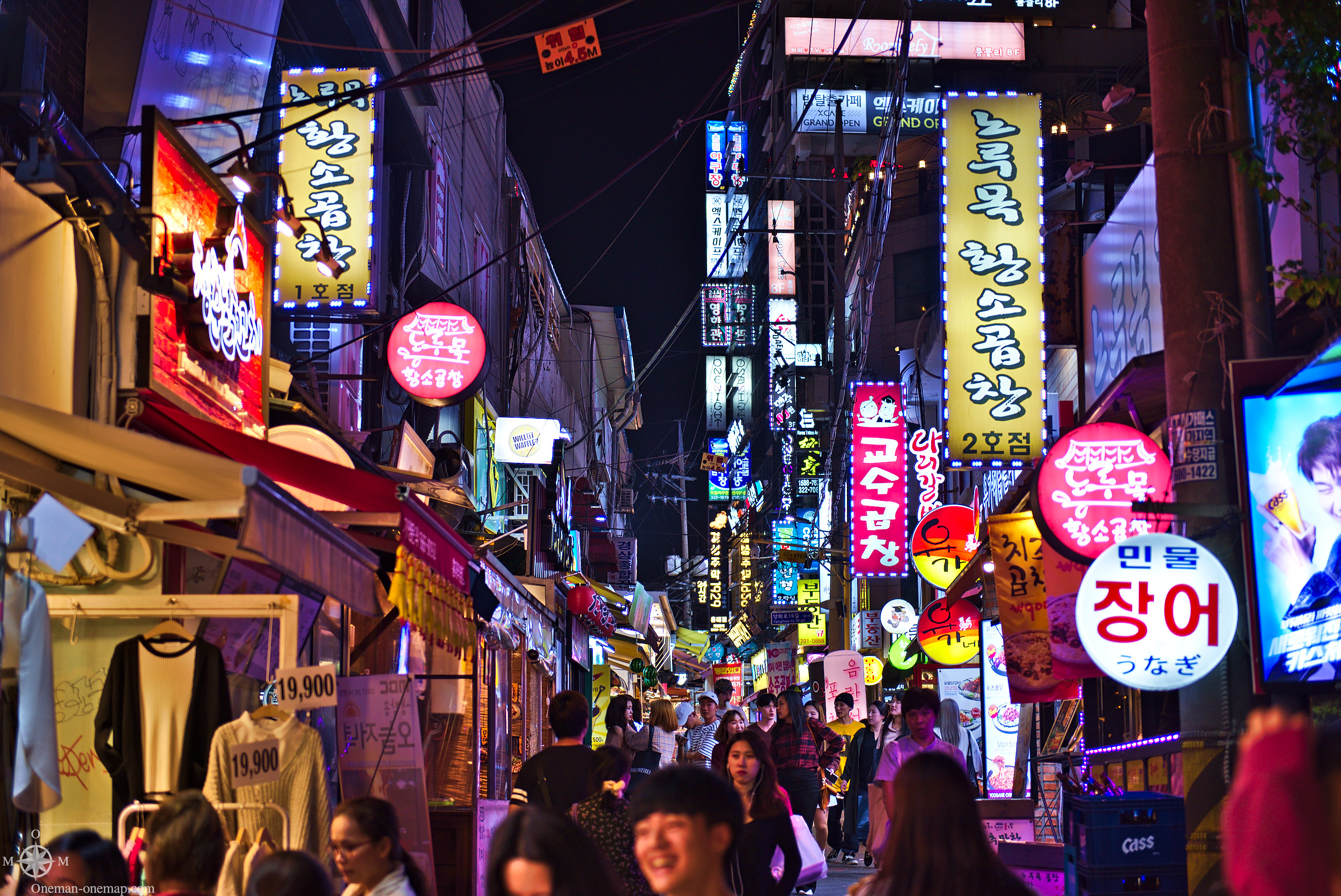
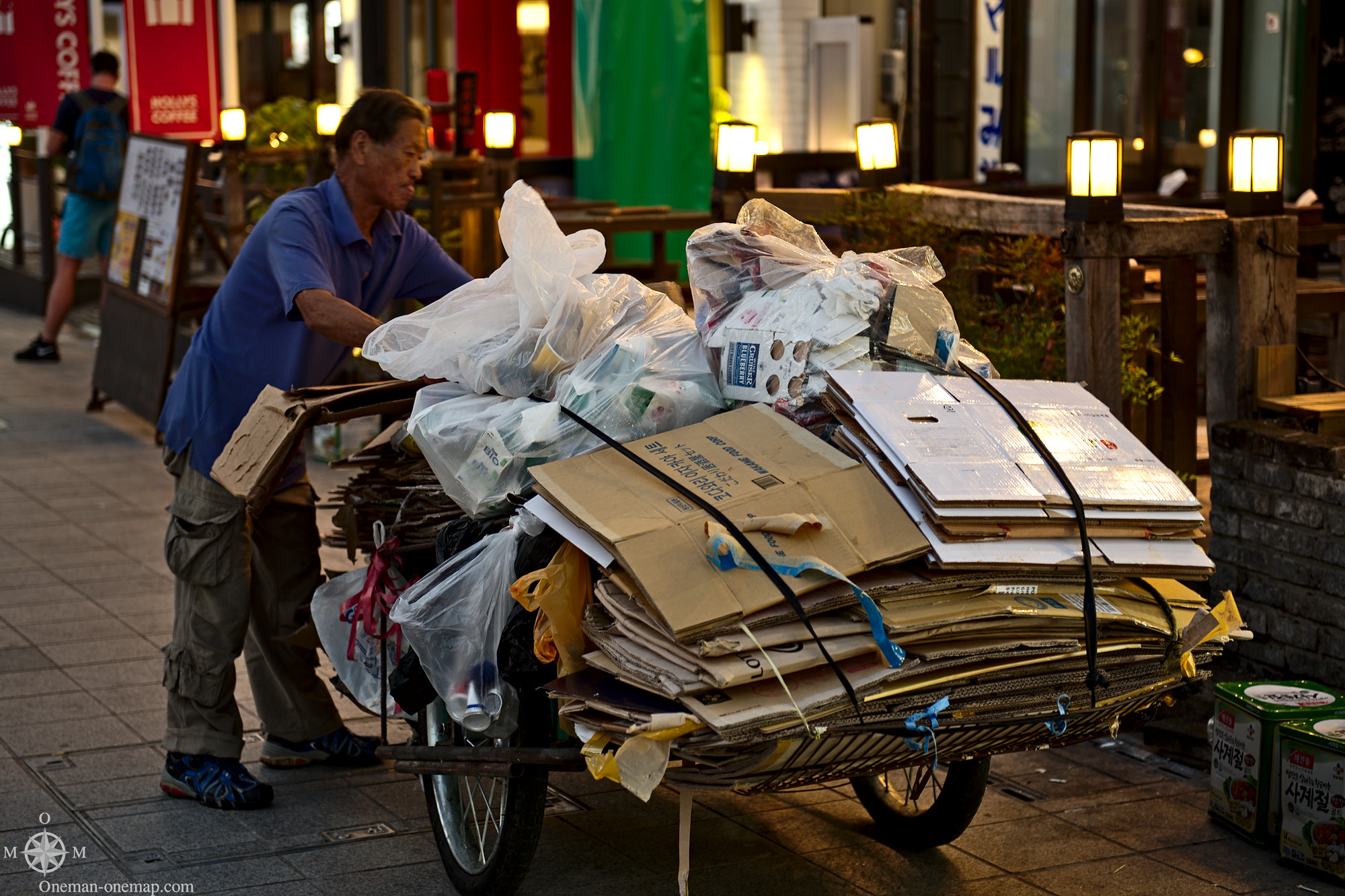
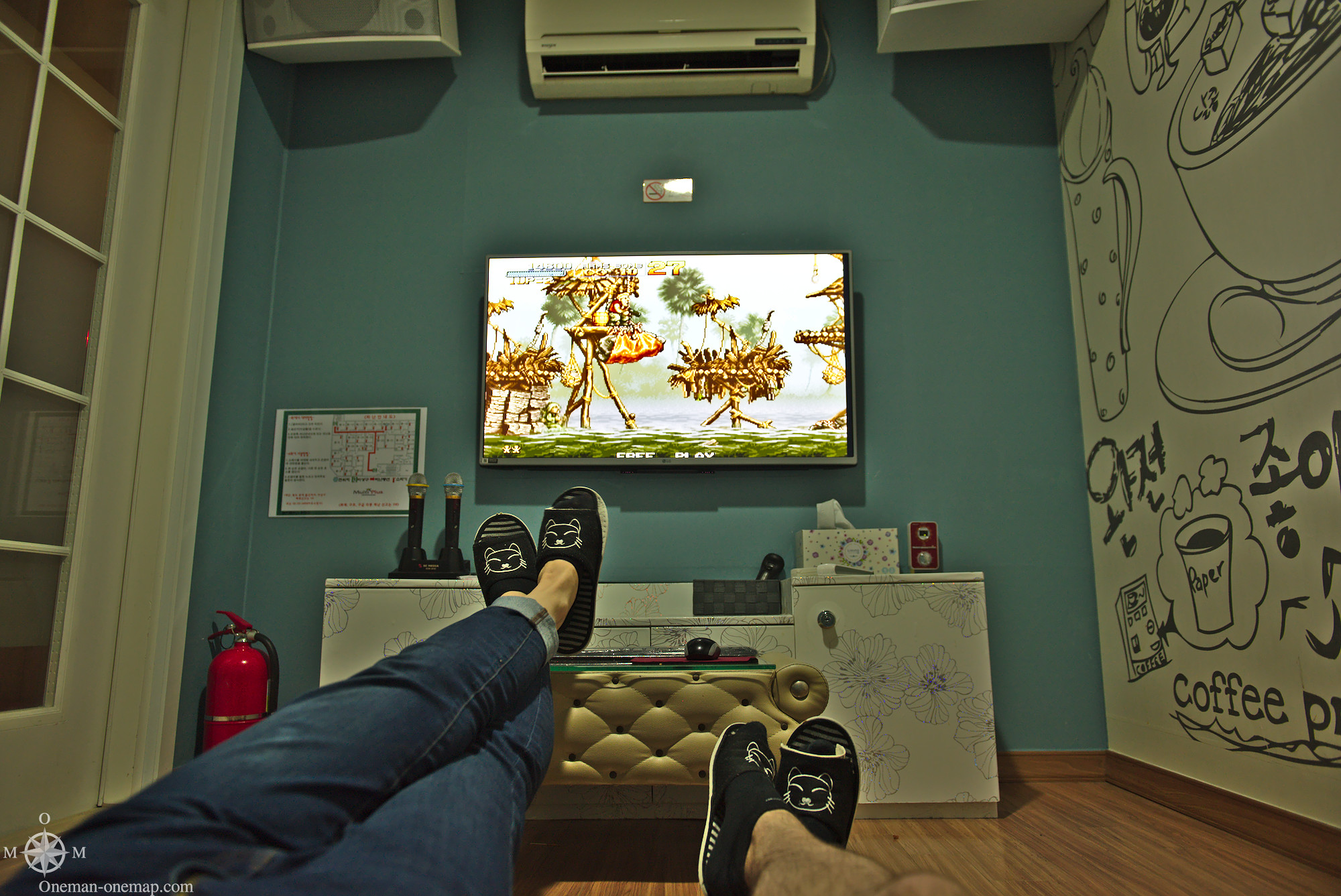
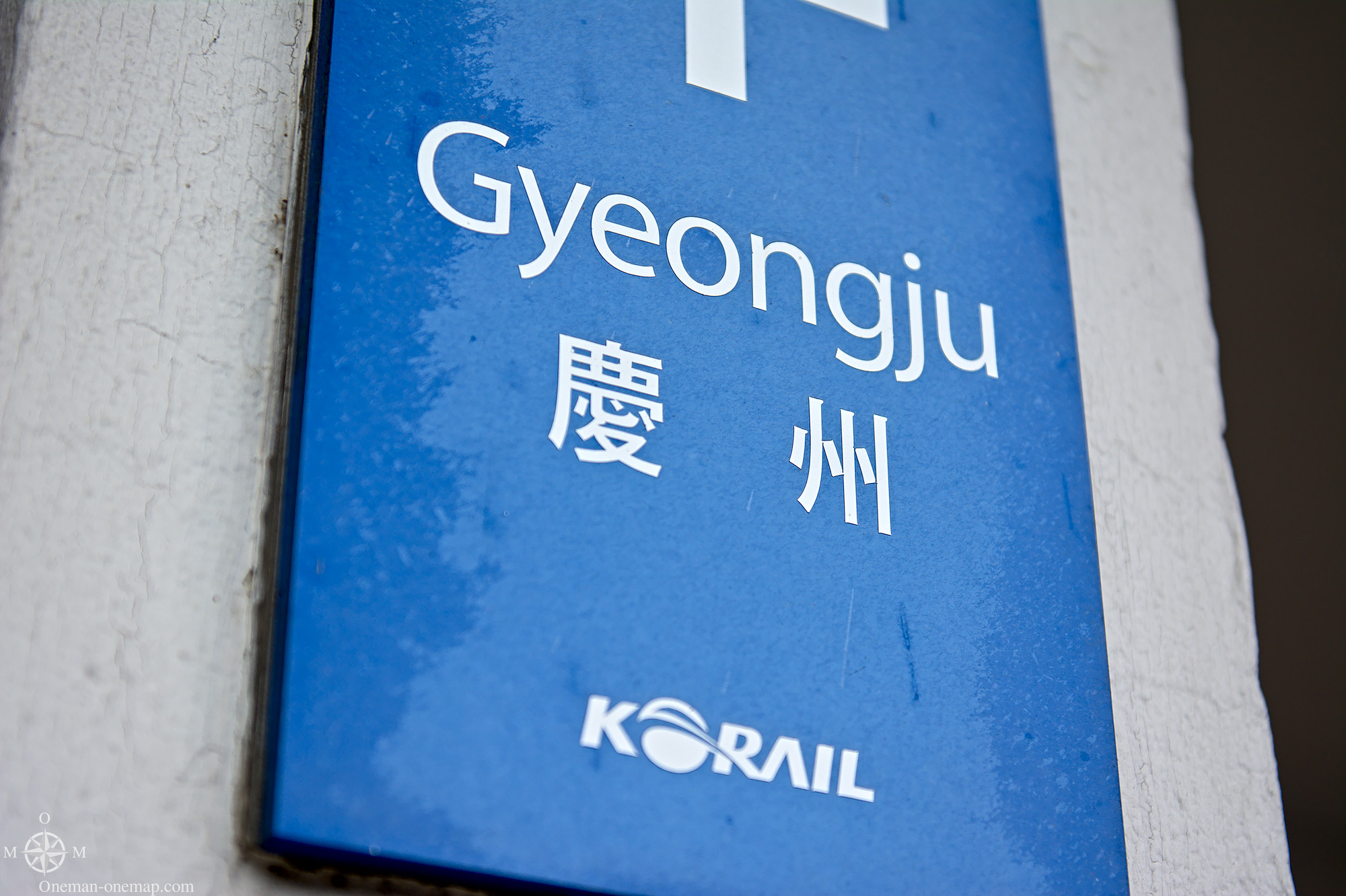
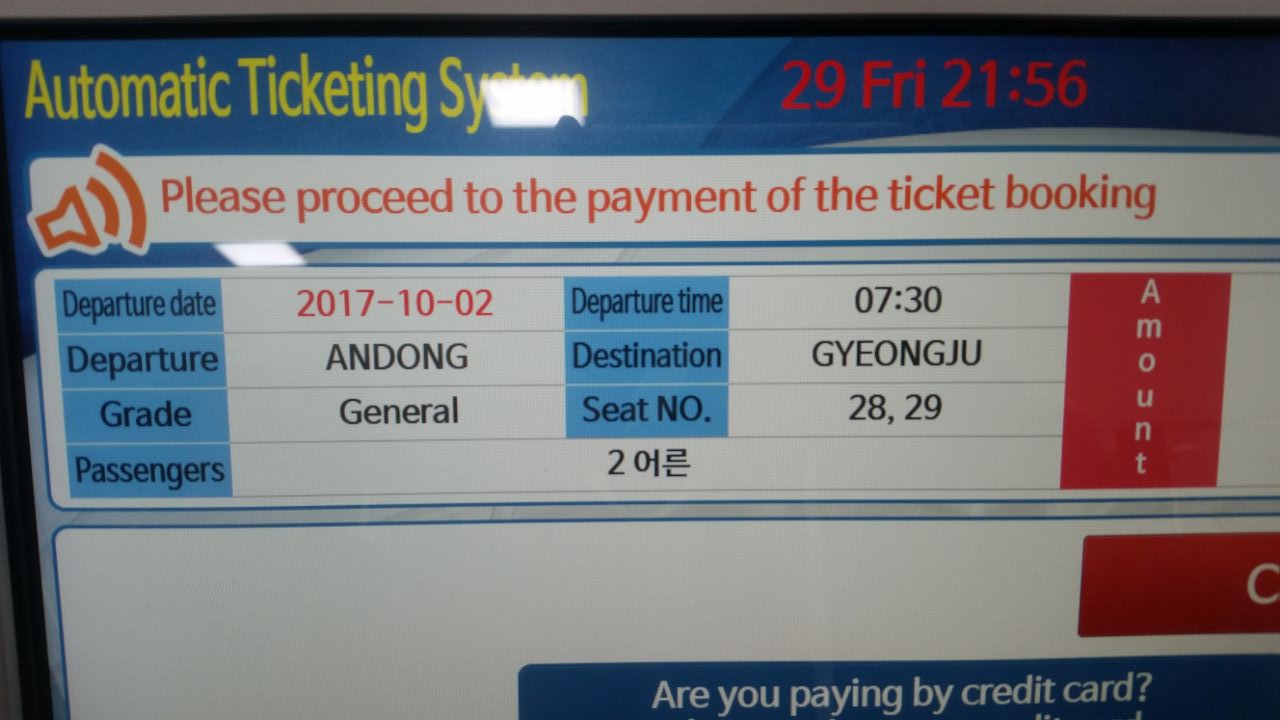
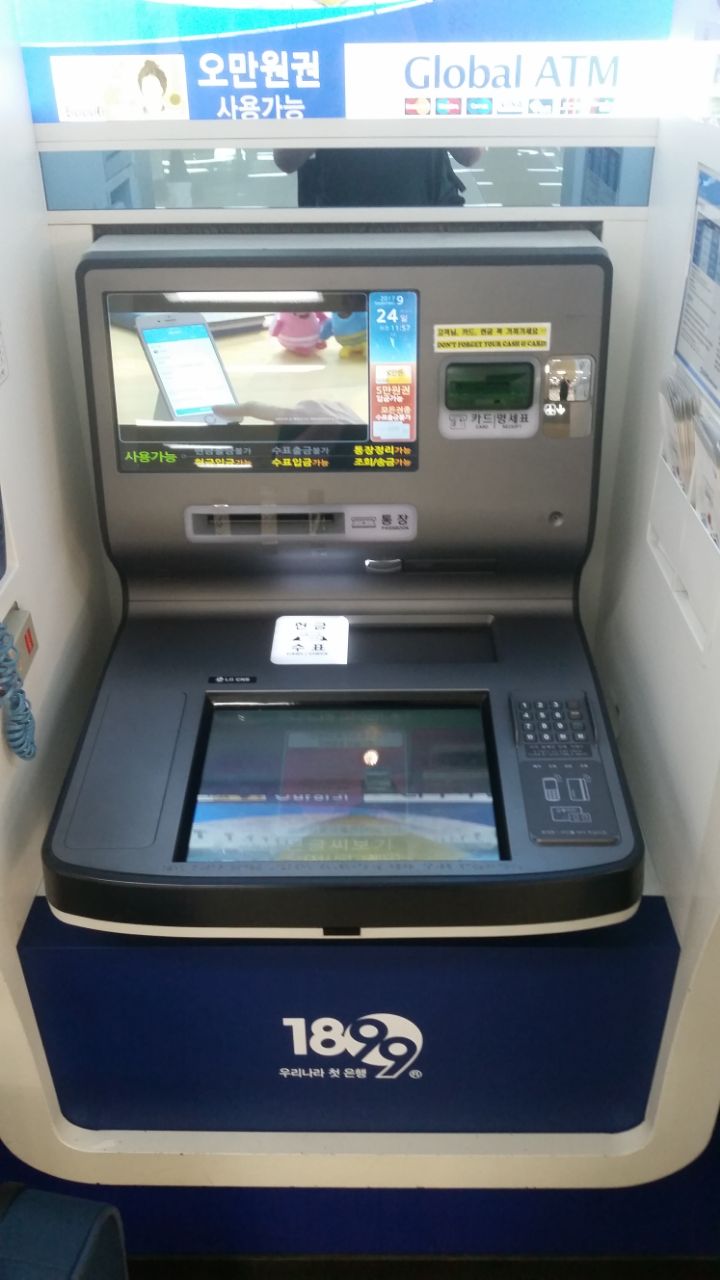
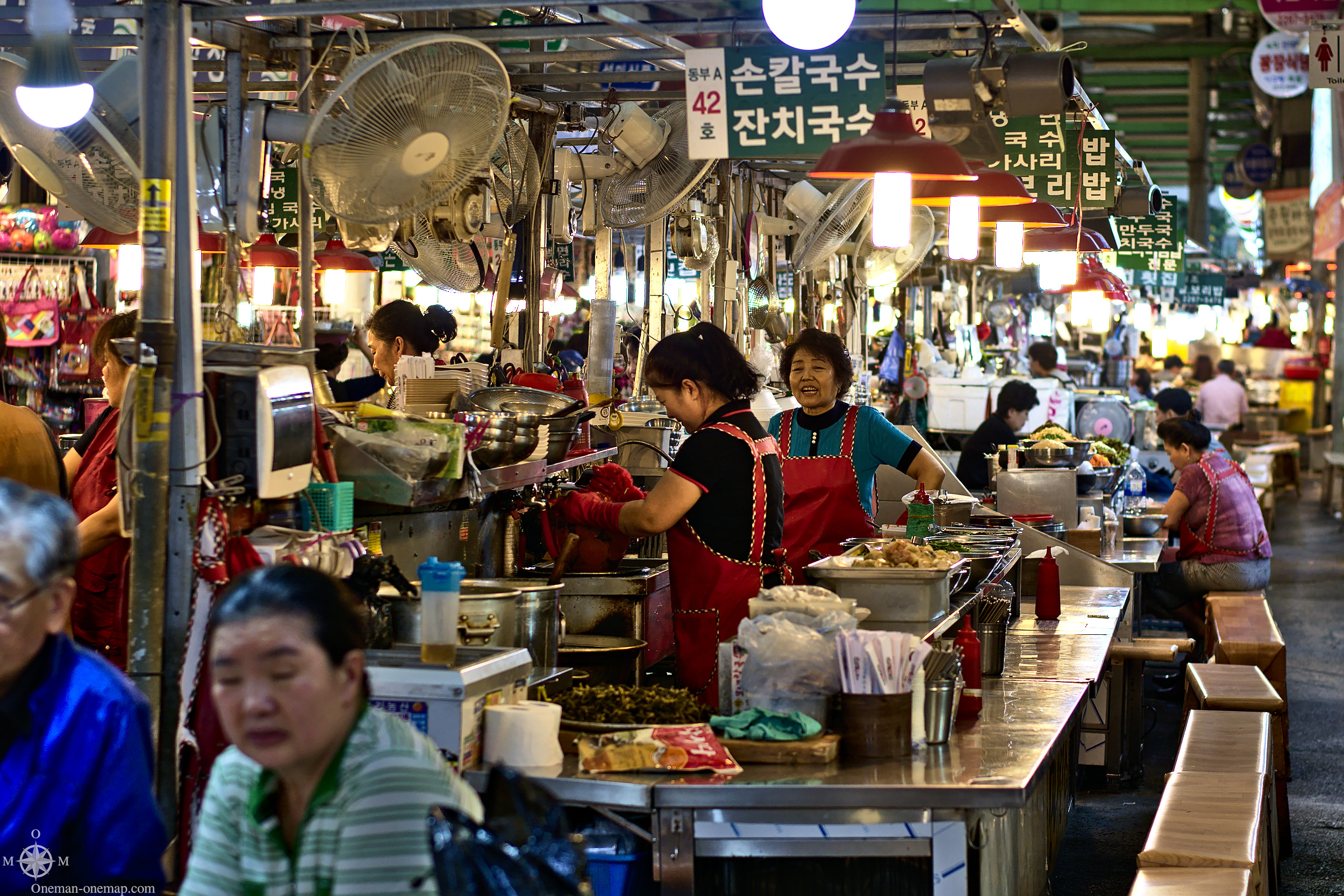
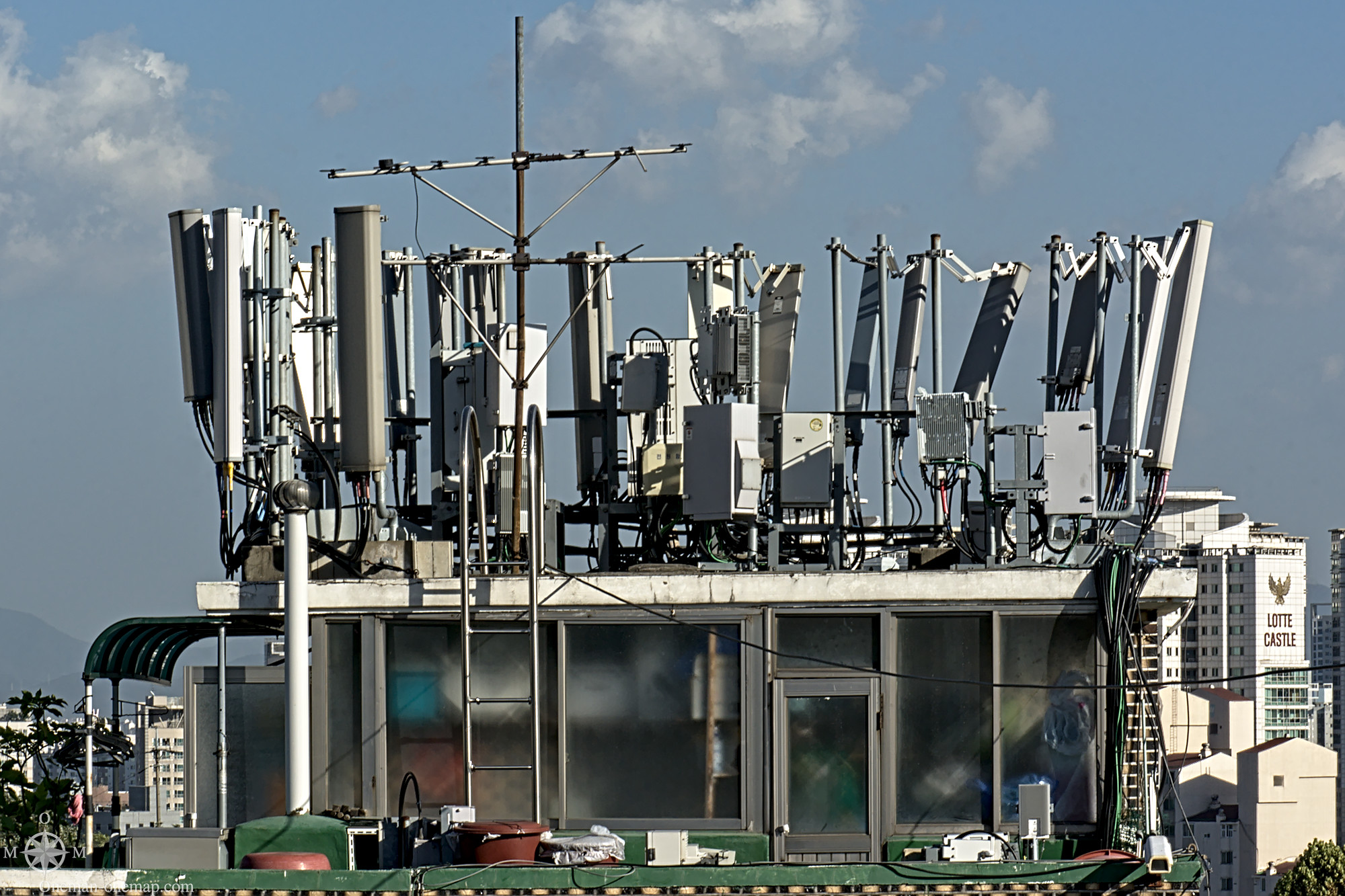

Hi
I saw you tweet about travel and I thought I’d checkout your website. Looks like One Man, One Map has come a long way. Keep up the good work.
Do checkout my blog TwoSomeLife too.
I really enjoy this internet site , it has got great posts .